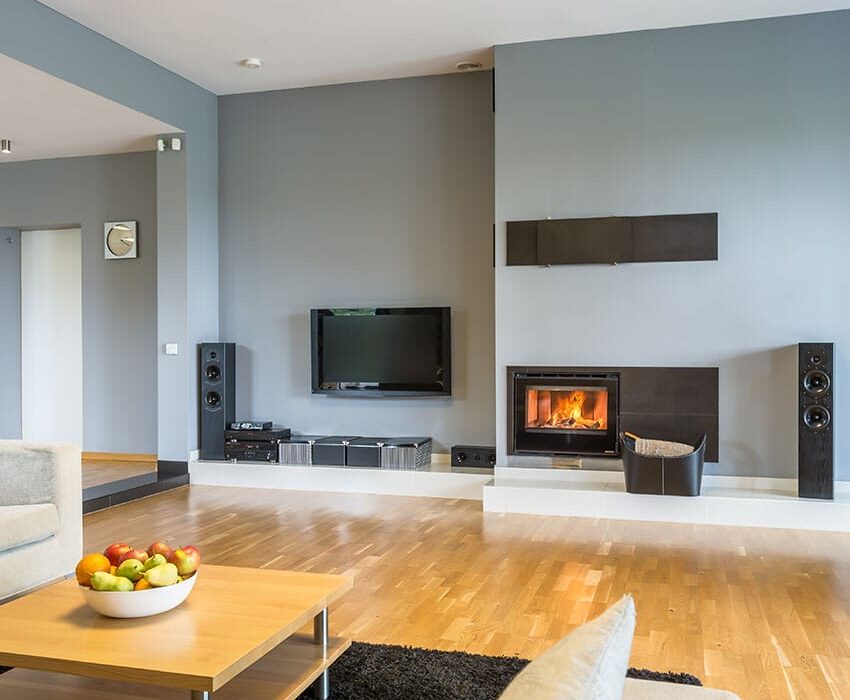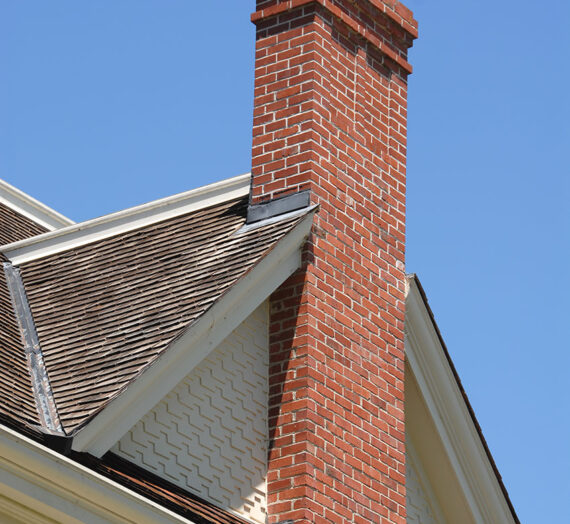Having a furnace in your house is a blessing when the temperature outside is freezing. After a long day of work, you would want your house to be cozy and comfortable to be able to spend some time with friends and family. Due to which, the furnace will work overtime to keep the temperature stable. However, not many homeowners realize there is a problem with their furnace until it turns off unexpectedly and they need to call furnace services. But you don’t need to panic because here we will help you get through the problem by sharing the potential reasons and their solutions.
You Have A Clogged Filter
One of the most common reasons furnaces experience problems is due to a clogged filter. In most cases, furnaces come with just one filter installed but that might vary based on the make, model, and variant. Modern furnaces are a lot more efficient and effective and are loaded with features that make spending worth it.
If you observe that your furnace starts and then turns off after a while, it means there is probably an issue with the filter. To be sure, you will need to access and inspect the filter. Although, filters are located in more or less the same area, then again, it might vary based on the furnace.
That said, you will need to consult the user manual. The thing with filters is that they need to be clean for the air to pass through. With time, the filters become clogged with dirt, dust, and debris making it hard for the unit to perform. As a result, the unit has to work harder than usual, which also overburdens it.
It might also be that your furnace has a safety feature that stops it from functioning when the air filter is choked. The best way to avoid such a situation is by inspecting and replacing the filters every 3 months. However, if the usage frequency is a lot higher, you should increase the frequency of inspection as well.
At the same time, if you are using the furnace after a long time, you should still inspect the furnace filter and clean or replace it before turning on the furnace.
Thermostat Issue
Although, you might think that thermostats hardly contribute to furnace issues, they do. As mentioned earlier, furnaces are becoming smarter each day but that comes with a price. At the end of the day, some components of a furnace are electronic and might give up without any signs & symptoms.
To troubleshoot the issue, you will first need to make sure the thermostat is on the “Heat” mode. It might be that someone accidentally changed the settings. A temperature setting too low will trigger the furnace to turn off more often.
Plus, check the position and location of the thermostat. Choosing the correct location for your HVAC system is important, but most homeowners ignore the fact that picking the right location for a thermostat is just as important. Keep in mind that thermostats can catch and read the temperatures in the surroundings as well. This means that if it is installed near a heat source, the thermostat might become confused and show inaccurate readings. It may also think that the furnace has heated the house to the temperature you set and sends a signal to the furnace to cycle off.
Furthermore, you should also check the batteries of the thermostat. Replace the batteries to check if it solves the problem. If it doesn’t, your thermostat might need calibration. Unless you know how to calibrate a thermostat, you should avoid experimenting with it.
Instead, you should consult an expert. If it still doesn’t work out, you might need a new thermostat.
The Vent Pipe Is Clogged Or Damaged
Another cause can be a clogged or damaged vent pipe or flue of the furnace. You might think that the flue or vent pipe are just minor components but play a significant role in the smooth running of the furnace. During the winter, birds, rodents, and other animals find shelter in warm places.
A clogged, bent, or damaged flue or vent pipe will not allow the heat and smoke to escape. This can overheat the heat exchanger. If left unchecked, it could cause the furnace to shut down irregularly. If that is the case, you should get help from a furnace repair service McLean who can clean or replace the clogged pipes.
To avoid this issue in the future, make sure you keep an eye on the furnace. Sometimes, furnaces show different signs that are a cry for help. If you develop and follow a maintenance schedule, you will be able to keep such problems at bay.
Malfunctioning Or Dirty Flame Sensor
If your furnace starts and stops repeatedly, you need to check the flame sensor. The flame sensor is a safety device that shuts down the gas supply if there is no flame detected. With time, soot or corrosion takes over the sensor and it malfunctions.
Unfortunately, repairing a flame sensor will only be a waste of time and effort. You should simply replace it. However, make sure that you pick the exact replacement. Moreover, you must keep the flame sensor clean.
The Furnace Is Too Big For Your Home
It is a common misconception that a bigger size furnace will help warm up the house than a smaller one. Furnaces are based on the same principle as air conditioners. A HVAC system that is too big or small can pose problems with heating and cooling.
If your furnace repeatedly turns on and off, it might be that the furnace is too big for your home. This is because it will take only a few minutes for the furnace to achieve the desired temperature. People might think it helps save energy but it doesn’t.
A furnace that continuously turns on and off will consume a lot more electricity than usual. So, don’t be surprised if your energy bills rise all of a sudden. This is why experts recommend measuring up the area so that you choose the perfect furnace size. An improper size will only make things complicated. You will have to deal with more breakdowns and a high electricity bill.
How To Prevent Furnace Issues?
The best and the only way to prevent furnace issues is by scheduling expert maintenance. Every manufacturer recommends expert inspection and maintenance to ensure furnaces run effortlessly for years to come. Remember, furnaces are rigid and long-lasting units if they are maintained properly.
The lifespan of a furnace is completely dependent on how you take care of it in terms of the right usage habits and preventative maintenance. If the unit is ignored, you are going to need a replacement sooner than you think. Plus, you have to consider professional maintenance as an investment rather than an expense. It helps you avoid repairs and replacements for a long period.
Conclusion
In the end, furnaces can run into all sorts of problems. In addition to troubleshooting tips, you should avoid them in the first place by regularly inspecting and performing maintenance. However, in some cases, replacing the entire unit may be the only option. So, make sure you spend your money wisely by consulting the best HVAC companies Arlington.



